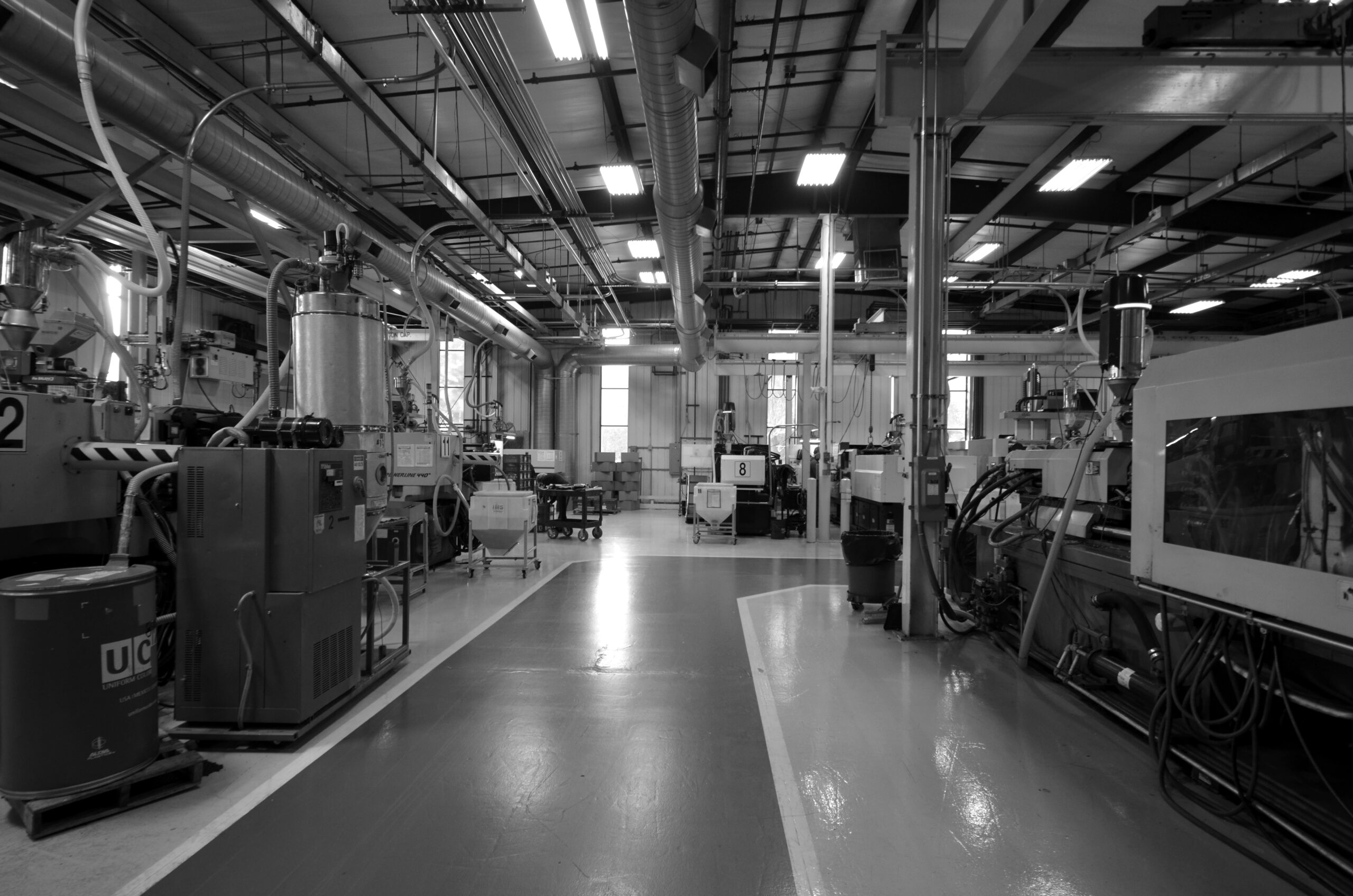
OEM and aftermarket parts make them hard to distinguish because of how similar they can be. The wide variety of inventory can be overwhelming.
In 2021, the global vehicle parts market was valued at $2.33 trillion, so it’s understandable how parts can be hard to deal with. The value is due to the increasing demand for parts and aftermarket parts in vehicles worldwide.
But is there a difference between these parts and aftermarket parts? What is OEM? Is one better than the other?
If you want to learn more, continue reading.
What Are OEM Parts?
OEM stands for “Original Equipment Manufacturer.” An example would be Nissan creating their own OEM parts. They can range from simple parts such as door handles to complex components that make up a transmission.
The parts provided by OEMs can sometimes be costly but at the same time, they will save on frequent replacements compared to aftermarket parts.
What Is an Original Equipment Manufacturer?
As briefly explained before, OEMs are companies that design their parts that are solely for their products.
But how do they make these parts?
Some parts are designed by companies like Chrysler and sent to other manufacturers to create and send back. Parts can include plastic items like door panels and seats. Sometimes, parts manufacturing is outsourced and sent to OEM facilities to put all the pieces together to sell their whole product.
What Are Aftermarket Parts?
Aftermarket parts come from third-party manufacturers. They can take the best OEM parts and reverse-engineer them to make cheaper aftermarket parts for people looking at more affordable options. Sometimes, one aftermarket part can fit multiple companies.
Other aftermarket parts can include racing parts like bucket seats, turbochargers, and exhaust systems (if not offered). If you are looking for racing, some OEM parts may not provide the same choices as aftermarket.
So, depending on what aftermarket parts are required, they can be more expensive than OEM parts.
The Pros and Cons of OEM Parts
Depending on what you’re looking for, parts can have their benefits and weaknesses. Here is a list of what OEM parts can do for you:
Pros
- Mostly higher quality
- Long-lasting
- Dealerships have easy access to parts
- Warranty on parts and vehicle
- Dealerships can help narrow down the required parts
Cons
- Usually cost about 60% more than aftermarket parts
- Restricted to its brand and model
- Lack of parts for racers
- Depending on the part, it can be less reliable than an aftermarket part
Learn More
OEMs (Original Equipment Manufacturers) design and create parts that function solely for their vehicles. Third-party companies create aftermarket parts.
Depending on what parts will be used, OEM parts can be more expensive or cheaper. Most of the time, the everyday OEM parts will be more expensive. If racing parts are what you’re looking for, third parties will usually have them, which can be more expensive.
Since you know more about OEM parts, and if you want to create high-quality parts for your products, contact us to find out how we can provide that for you.
